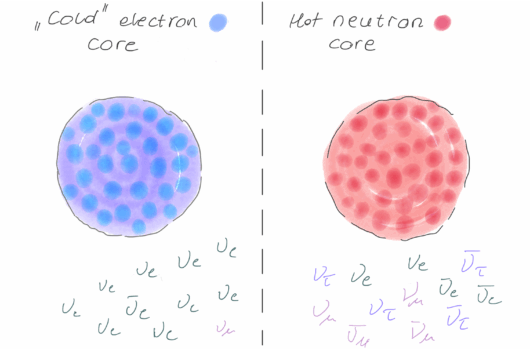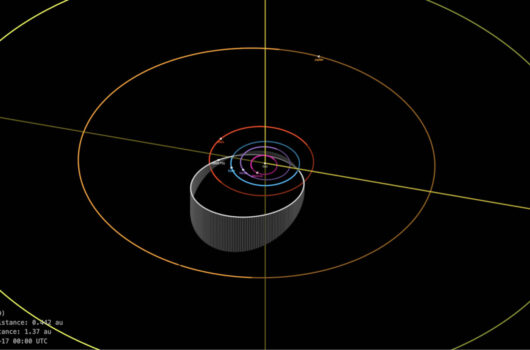Renormalization-group approach to Kohn-Luttinger superconductivity: Amplification of the pairing gap from l^4 to l
Renormalization-group approach to Kohn-Luttinger superconductivity: Amplification of the pairing gap from l^4 to l
View
Abstract
We revisit the renormalization group (RG) analysis of the Kohn-Luttinger (KL) mechanism for superconductivity. The KL mechanism leads to superconductivity in a system with a repulsive bare interaction. The key ingredient is the screening effect that renders the induced interaction attractive in channels with nonzero angular momentum ![]() , thereby triggering the Bardeen-Cooper-Schrieffer (BCS) instability. According to the original argument, the resulting gap is exponentially small, with its exponent scaling as
, thereby triggering the Bardeen-Cooper-Schrieffer (BCS) instability. According to the original argument, the resulting gap is exponentially small, with its exponent scaling as ![]() . However, the KL mechanism was originally formulated within perturbation theory, where the series is known to converge poorly in certain cases — most notably, for the p-wave paring gap induced by a repulsive s-wave contact interaction. This poor convergence may be attributed to a divergent integrand in a specific class of diagrams containing both the BCS logarithm and the Kohn anomaly, suggesting that one must resum the Kohn anomaly contributions separately from the BCS logarithm. In this work, we incorporate the Kohn anomaly contribution into the beta function of the RG equation governing the BCS instability near the Fermi surface. Our solution shows that the KL gap exponent is then proportional to
. However, the KL mechanism was originally formulated within perturbation theory, where the series is known to converge poorly in certain cases — most notably, for the p-wave paring gap induced by a repulsive s-wave contact interaction. This poor convergence may be attributed to a divergent integrand in a specific class of diagrams containing both the BCS logarithm and the Kohn anomaly, suggesting that one must resum the Kohn anomaly contributions separately from the BCS logarithm. In this work, we incorporate the Kohn anomaly contribution into the beta function of the RG equation governing the BCS instability near the Fermi surface. Our solution shows that the KL gap exponent is then proportional to ![]() , indicating a significant enhancement of the KL mechanism beyond the previously known result. To illustrate this, we study the spin-triplet p-wave pairing gap arising from a repulsive s-wave contact interaction and compare our RG-based results with those obtained from the Bethe-Salpeter equation in perturbation theory.
, indicating a significant enhancement of the KL mechanism beyond the previously known result. To illustrate this, we study the spin-triplet p-wave pairing gap arising from a repulsive s-wave contact interaction and compare our RG-based results with those obtained from the Bethe-Salpeter equation in perturbation theory.




